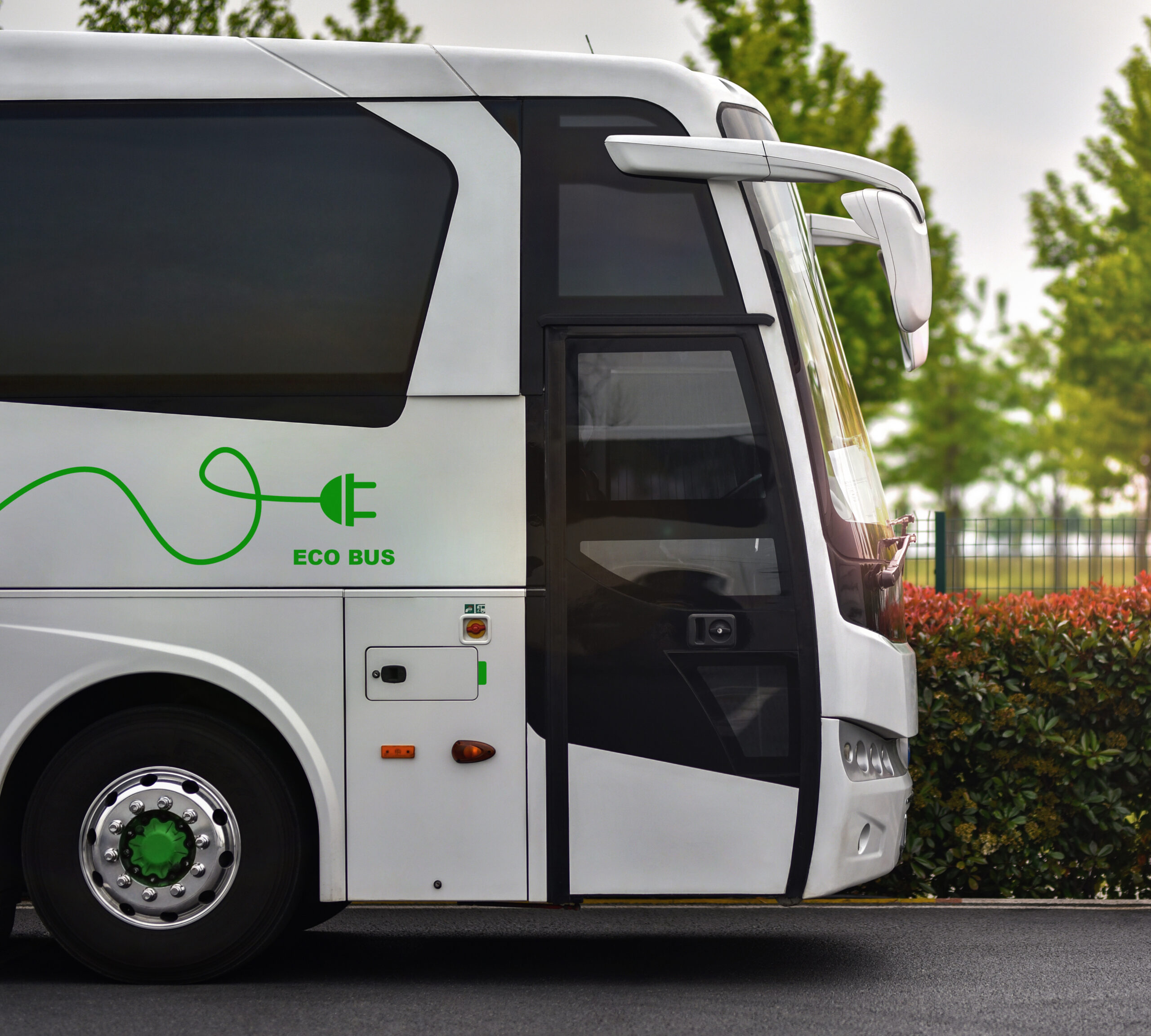Perhaps few professional environmentalists read reports issued by the King County Auditor’s Office, but they ought to pay attention to one released last month. Called “Zero Emissions: Metro Transit Working to Mitigate Risks to County’s Ambitious 2035 Goal,” the report documented a phenomenon that climate warriors can no longer ignore: the “many risks” of switching to a ZEV bus fleet, “including but not limited to bus manufacturing capacity, limited electric utility capacity, and changing technology.”
Seattle’s transit agency believes it will attain “a 100% zero-emissions fleet by 2035.” The goal is shared by many of its counterparts from coast to coast. The Los Angeles County Metropolitan Transportation Authority aims for “100% zero emissions” earlier – by 2030.” In 2022, the Phoenix City Council announced similar goals by 2040. The Chicago Transit Authority says it is making itself “even greener with our commitment to electrifying the entire fleet by the year 2040.” Ditto for the New York City Transit Authority.
What’s true for Seattle is true for all cities. Let’s start with the supply problem. Just who will build all those electric buses is something of a mystery, according to the Kings County report:
The number of … manufacturers is dwindling while demand … is rising, hindering agencies’ ability to purchase the number of buses they need. In 2020, there were five companies that manufactured heavy-duty zero-emission transit buses. … [T]hat number dropped to two by 2024. Manufacturers cited supply chain disruption and inflation as factors in their decisions to leave the United States market.
Eleven months ago, an “industry pioneer praised by President Biden filed for bankruptcy,” according to The Washington Post. Proterra, a beneficiary of Obama-era “stimulus,” boasted that its e-buses “could provide fuel and maintenance savings of up to $50,000 a year over fossil fuel powered buses, resulting in a five year payback period.” But the transit agencies that put their faith in its claim will never learn if the “investment” was wise.
One Proterra victim: ABQ RIDE in Albuquerque, N.M. The bureaucracy – in 2019, transit expert Randal O’Toole ranked it one slot above last-place Los Angeles on his list of the nation’s largest transit systems by ridership – is a two-time loser. In 2017, it ordered “a fleet of 18 all-electric buses from the Chinese company Build Your Dreams,” according to the Los Angeles Times. The vehicles delivered “had axles that leaked oil and bolts that fell off doors,” and their “batteries remained charged for less than the 275 miles promised.” A settlement agreement put an end to the parties’ litigation in 2019.
Read this Free Cities Center booklet about transportation, “Putting Customers First.”
Read Kerry Jackson’s Free Cities Center column about buses and homelessness.
Then there’s the power problem. The government-mandated “energy transition” is making the electricity business quite chaotic. Expanded chip fabrication and the AI revolution impose additional complications and uncertainties. Policymakers are only beginning to grapple with what the Texas Public Policy Foundation’s Mark P. Mills calls “the emergence of significant … new vectors for greater electricity demand.”
King County auditors warned that although “Metro Transit estimates it will need additional electric utility infrastructure to provide sufficient electricity at three bus bases,” the “long lead times needed by utility companies to build infrastructure create risk of not achieving sufficient electricity for a full transition.”
Unmentioned in the audit, yet far from unimportant, are safety concerns. Electric vehicles, of all types, have a nasty habit of catching fire. Their lithium-ion batteries are disturbingly flammable, when defective, damaged, or exposed to saltwater. (A July 2022 fire put the Connecticut’s Department of Transportation’s e-buses out of service for more than a year.) Switching out batteries for hydrogen fuel cells might not be an improvement.
Bakersfield, Calif., got a nasty lesson in the danger of “the most abundant element in the universe” almost exactly a year ago. On July 18, the city’s “first hydrogen fueling station caught fire … as explosions rocked Golden Empire Transit District’s new, $3 million-plus bus-filling facility,” per the Bakersfield Californian. Details about what happened remain elusive. The city’s public information officer told the Free Cities Center he was “trying to figure out who the investigating agency is for that incident” – he wasn’t “sure if it is Bakersfield Fire or some other agency.”
What’s most maddening about transit’s wishful thinking over zero emissions is the missed opportunity it represents. A superior alternative exists, today, and is in widespread use. Millions of natural gas vehicles (NGVs) – employing the fuel in either compressed or liquefied form – are on the road, across the planet. According to American Public Transportation Association data, an impressive 25.7% of the nation’s transit buses were NGVs in 2021.
The technology works. It’s safe. And as engine manufacturer Cummins explains, NGVs “have extremely low emissions” of several of the EPA’s criteria pollutants, including NOx and particulate matter. No, they are not CO2-free, but given the developing world’s booming appetite for hydrocarbons, such a goal is solipsistic.
America’s distribution system leads the world, so NGV infrastructure issues are minimal. The cost to fill up is favorable, too. In May, the Federal Reserve Bank of St. Louis observed that the Henry Hub natural-gas distribution hub’s price was “the lowest it has ever been. … . The main factor has been the big increase in the supply of natural gas, in particular through fracking. Another factor has been the building of many pipelines, which allow suppliers to avoid higher prices through arbitrage.”
By letting the illusory perfect be the enemy of the workable good, the transit “industry” is begetting a zero-emissions boondoggle. It’s time for level-headed elected officials, and concerned taxpayers, to say no. There is a better way.
D. Dowd Muska is a researcher and writer who studies public policy from the limited-government perspective. A veteran of several think tanks, he writes a column and publishes other content at No DowdAbout It.

